Electric power began replacing direct mechanical drives in Alaskan industry in the early 1900s. The first adopters were larger companies who could afford the investment in new equipment, but smaller operations soon learned the efficiency and flexibility of electric motors.
Some 1920s-era knob and tube wiring for lights at the cannery:
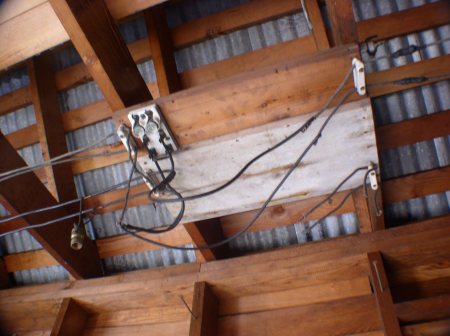
Despite the growing popularity of electricity, electric lights were slow to gain a foothold. Kerosene lamps continued to be popular in many houses and cabins well into the 1980s. Despite being a fire hazard, kerosene was relatively cheap and convenient to use.
Portable lighting moved slowly from lanterns to battery flashlights. In local mines, carbide lamps remained popular into the 1970s. A mixture of portable lights are seen below, including an older brass carbide lamp, 1930s electric (battery) railway lantern found at Funter, and a 1970s carbide lamp:
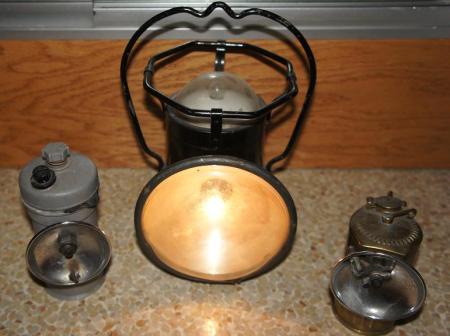
Part of a larger “Radio Battery” ca 1950s:
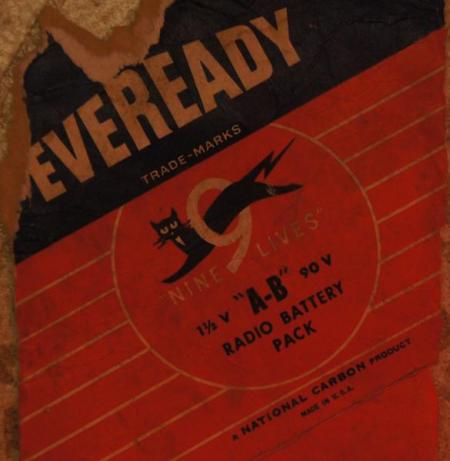
C-cell batteries, probably from the 1960s:
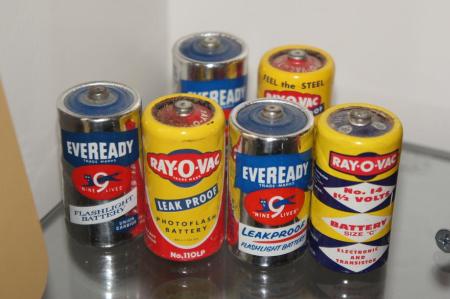
Early electric generators were usually small and ran only part of the day for equipment use. Pelton wheels were popular for locations with reliable streams, as mentioned in my post on water & hydropower. Generators or dynamos could be added to existing water wheels, or to existing steam or internal combustion power systems, or tacked onto small portable engines from tractors or other machinery. Several large-scale hydroelectric projects were envisioned at different times in the past, but never built.
There are a number of old “Oil” engines (usually diesel or semi-diesel) around Funter Bay, and a few gasoline engines. Some of these started out supplying mechanical power, and were later converted to generators. The smaller units had a tendency to disappear from their original locations, as they could be shoehorned into a fishing boat with some effort. As such, there are not as many left in-context, and while you can find them in use as lawn decor, or lying on the beach, or half-buried in the woods, it’s less clear where they originally came from.
Part of an engine that wandered around the beach in front of our house, occasionally being used as a convenient “big heavy thing” to anchor boats or logs to:
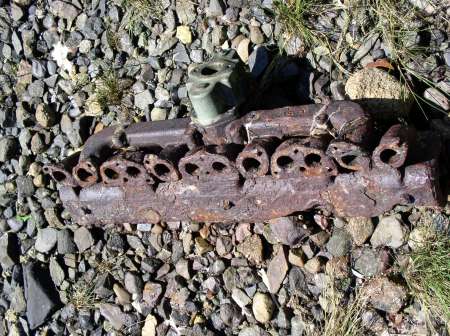
Going in the other direction, diesel boat engines with alternators attached were popular as land-based generators when I was younger, and could be had cheaply from vessels upgrading their equipment. These required well-insulated sheds set away from the house to keep the noise down, but not so far as to incur line loss.
A generator from approximately the 1950s:
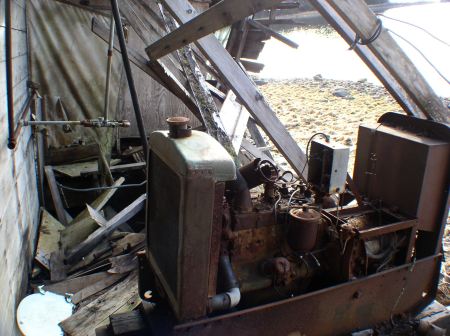
I believe this is part of an International Harvester tractor, retrofitted onto a skid base with a rather massive alternator tacked onto it:
The 1940s-era generator shed at the cannery (with water tower in the background). This was previously the “oil house”. The generator supplied the superintendent’s and caretakers’ houses at the West end of the property, and later supplied some of the boardwalk lighting and lights in other buildings:
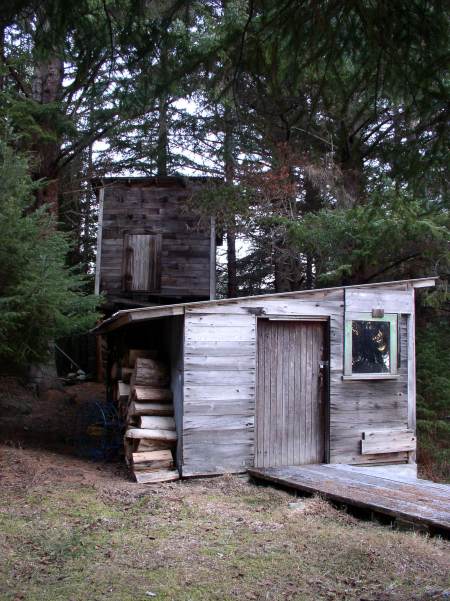
Exterior insulators for electrical wires at the cannery. These were a mixture of ceramic and glass.
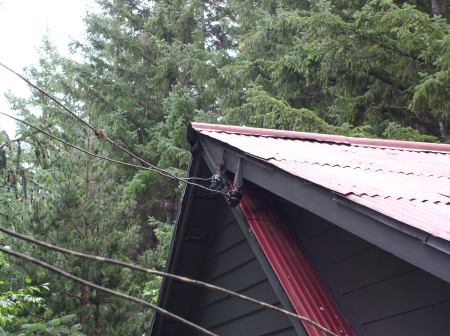
A utility pole at the cannery, with some smaller ceramic insulators. Most of these poles were simply untreated logs stuck in the ground, and many are now getting crowded out by trees.
A close-up of a ceramic insulator with rubber-coated wires:
Power generation is still a complicated process at Funter Bay, often with high fuel costs. Many properties have begun moving towards alternative energy solutions and new technologies like LED lighting, solar, and wind power.
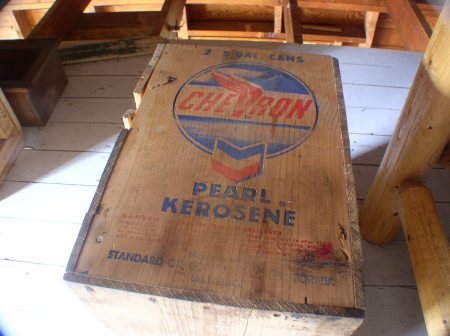
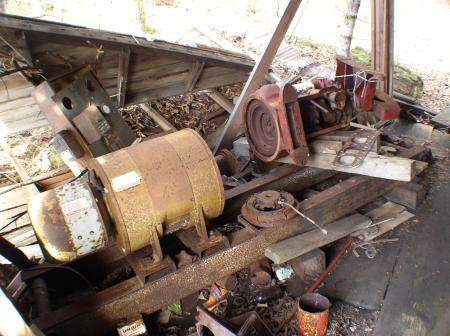
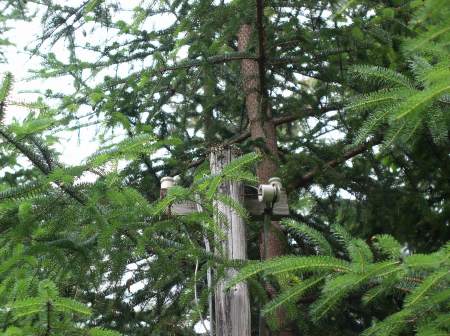
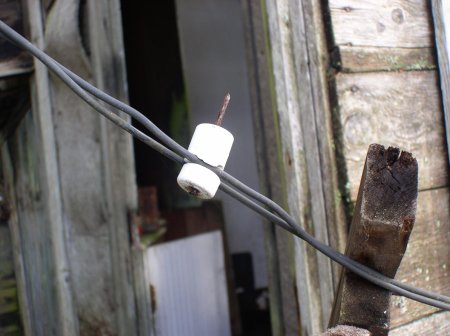
I’m really enjoying learning more about Funter history. Good work Gabe!
Gabe, I am amazed at the amount of work you have accomplished in what seems like such a short time, Good on you! Please keep it going. It is really interesting and informative.
Your former neighbor, still at Funter Bay.
Joel